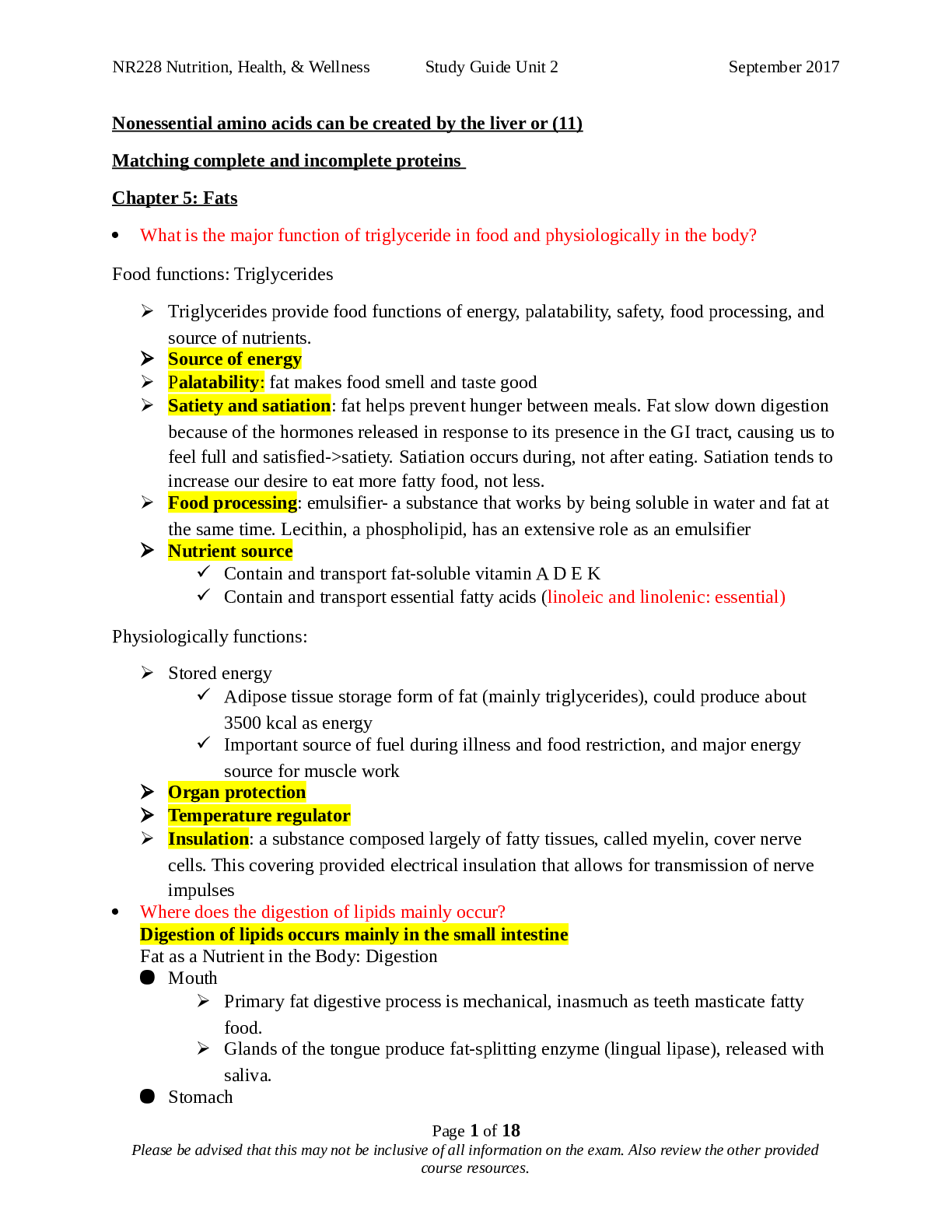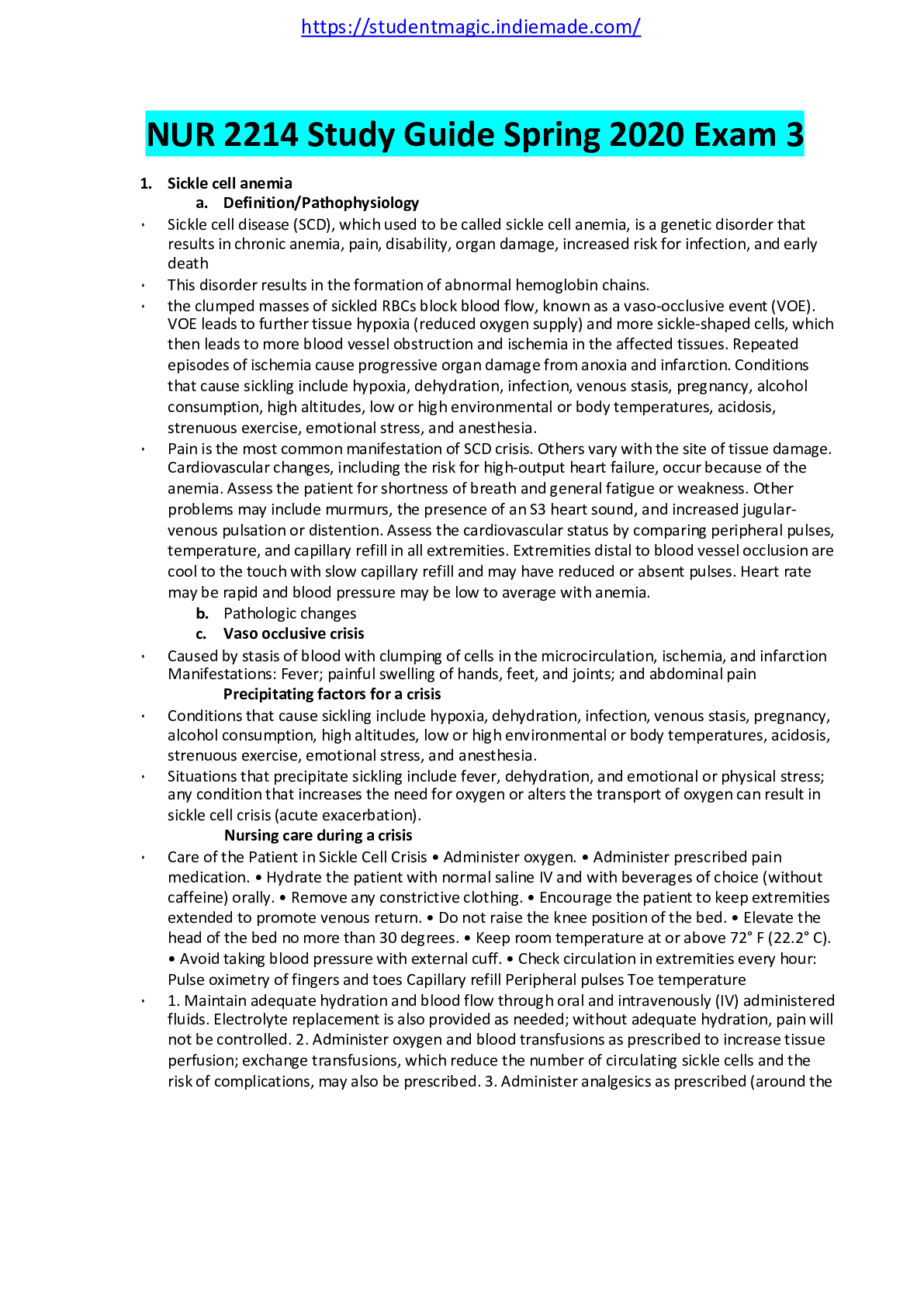History > STUDY GUIDE > APUSH Review: Conflict (All)
APUSH Review: Conflict
Document Content and Description Below
APUSH Review: Points of Conflict 1) Woodrow Wilson vs. Henry Cabot Lodge (1919) a) Characters: U.S. President (democrat) and Massachusetts Senator (republican) b) Conflict: Ratification of the Trea... ty of Versailles--Lodge wanted to revise a part of the treaty regarding the League of Nations before acceptance. Wilson was unwilling to compromise with changes, as he believed that the nations of the world should assist any nation that suffered acts of aggression. c) Impact: Blocked U.S. entry into the League of Nations 2) Alexander Hamilton vs. Thomas Jefferson (Washington Admin: Elected 1789) a) Characters: Secretary of the Treasury and Secretary of the State b) Conflict: Power of the central government--Hamilton wanted to help decrease the national debt, create a national bank, impose a whiskey excise tax, and introduce a protective tariff to encourage industry production. However, Jefferson, who believed in a greater agrarian society rather than industry, did not support this. As justification, he claimed that none of these government acts were stated directly in the Constitution. c) Impact: This marked the beginning in divide of political parties known as the Federalists and Democratic-Republicans, while also introducing the idea of the “Elastic Clause” in future political decisions. 3) Richard Nixon vs. Supreme Court (July 1974) a) Characters: U.S. President (republican) and Judicial Branch of government b) Conflict: Watergate tapes--Nixon claimed executive privilege in objecting to the release of critical portions of the Watergate tape recordings. c) Impact: After the Court ordered their release, the tapes provided damaging evidence that the president had lied about his knowledge of the Watergate cover up. This information was a key factor in forcing Nixon's resignation in August. 4) Franklin Roosevelt vs. Supreme Court (1937) a) Characters: U.S. President (democrat) and Judicial Branch of government b) Conflict: Packing of the Court--Frustrated by the Supreme Court's invalidation of key New Deal legislation, FDR wanted to add six new justices to the Court to assist the older judges. Congress refused to allow this "packing of the Court" because it would cause an imbalance of power among the three branches of government. c) Impact: Preserved the delicate balance of power among the three branches of the U.S. government. 5) Rutherford B. Hayes vs. Samuel Tilden (1876 Election) a) Characters: Candidates for presidency (republican and democrat, respectively) [Show More]
Last updated: 1 year ago
Preview 1 out of 4 pages
.png)
Reviews( 0 )
Document information
Connected school, study & course
About the document
Uploaded On
Apr 27, 2021
Number of pages
4
Written in
Additional information
This document has been written for:
Uploaded
Apr 27, 2021
Downloads
0
Views
93


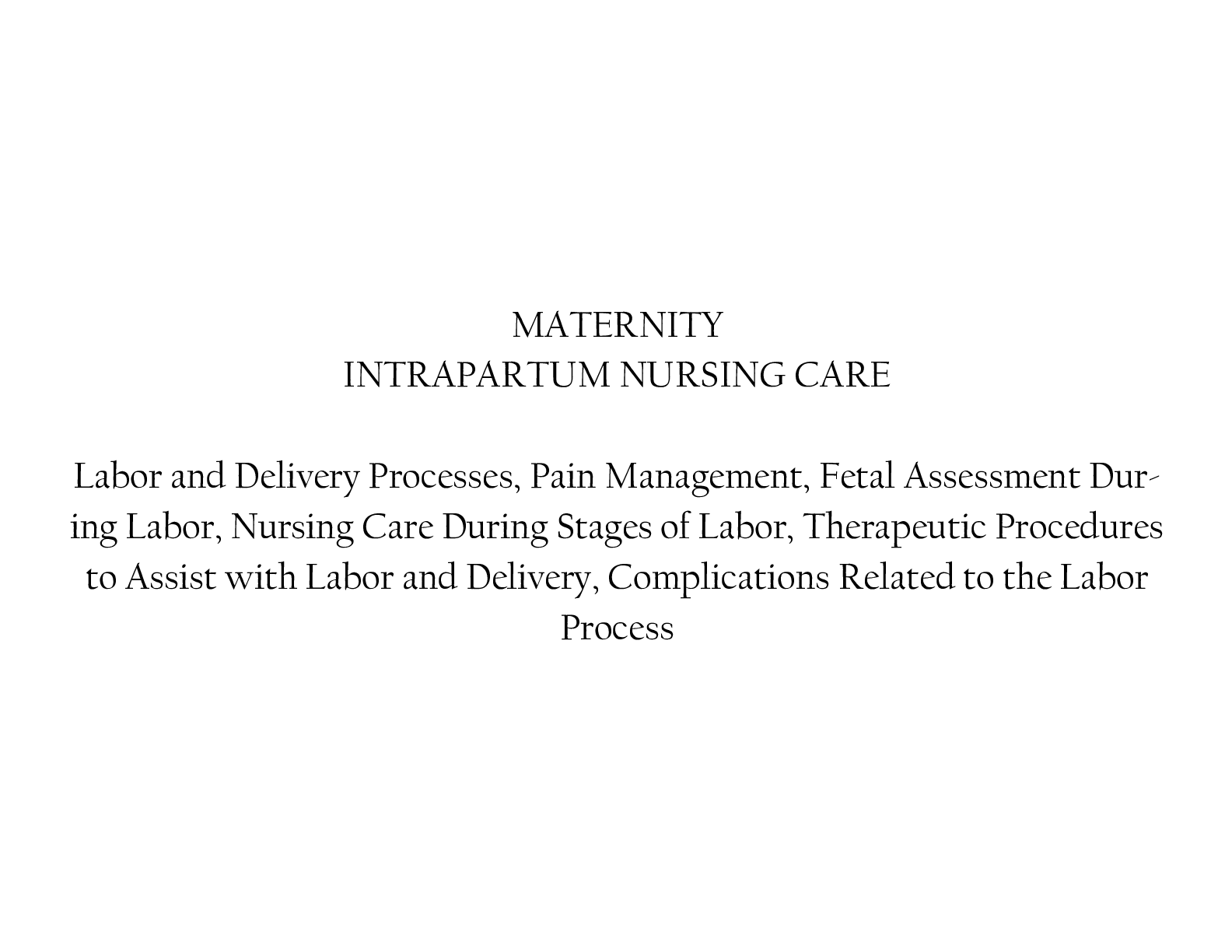

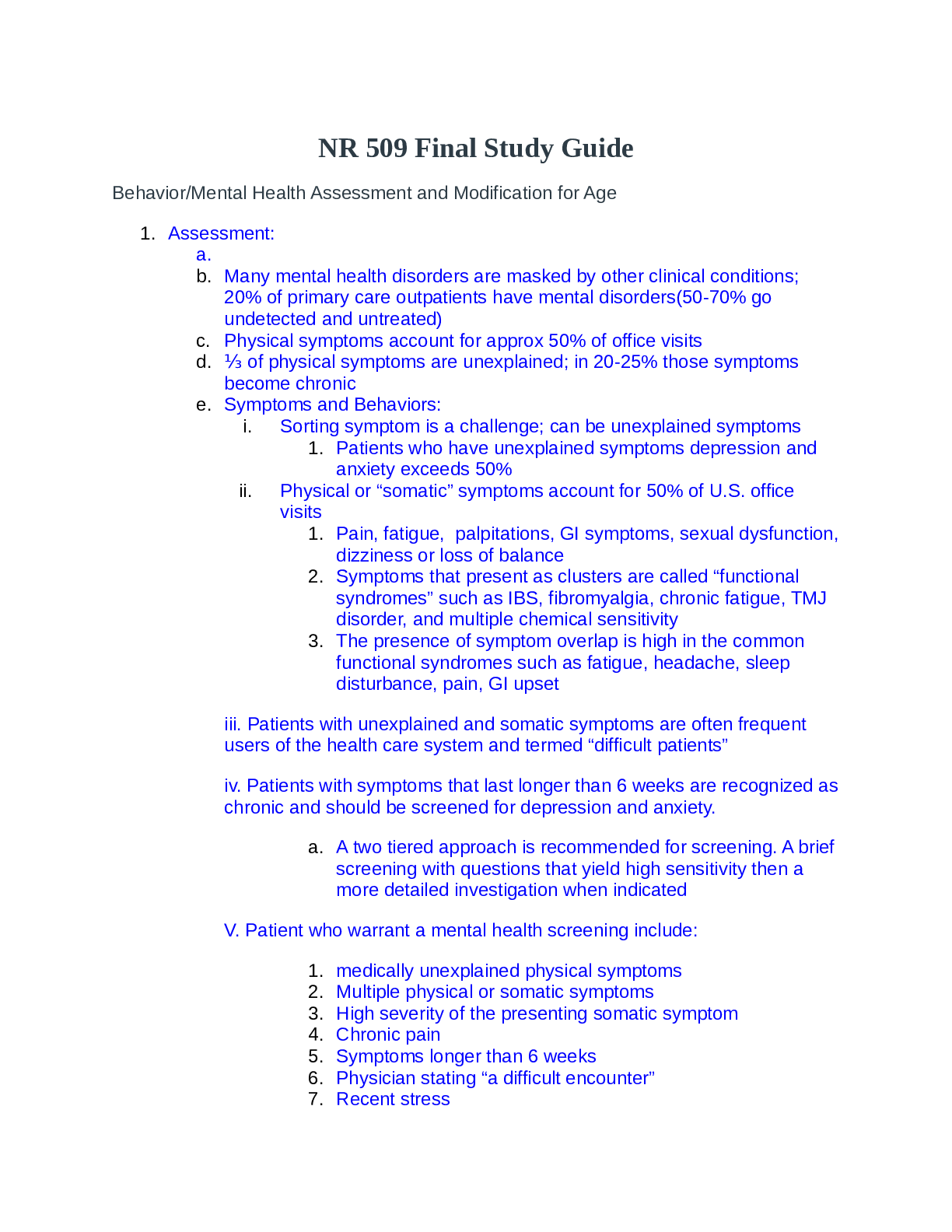
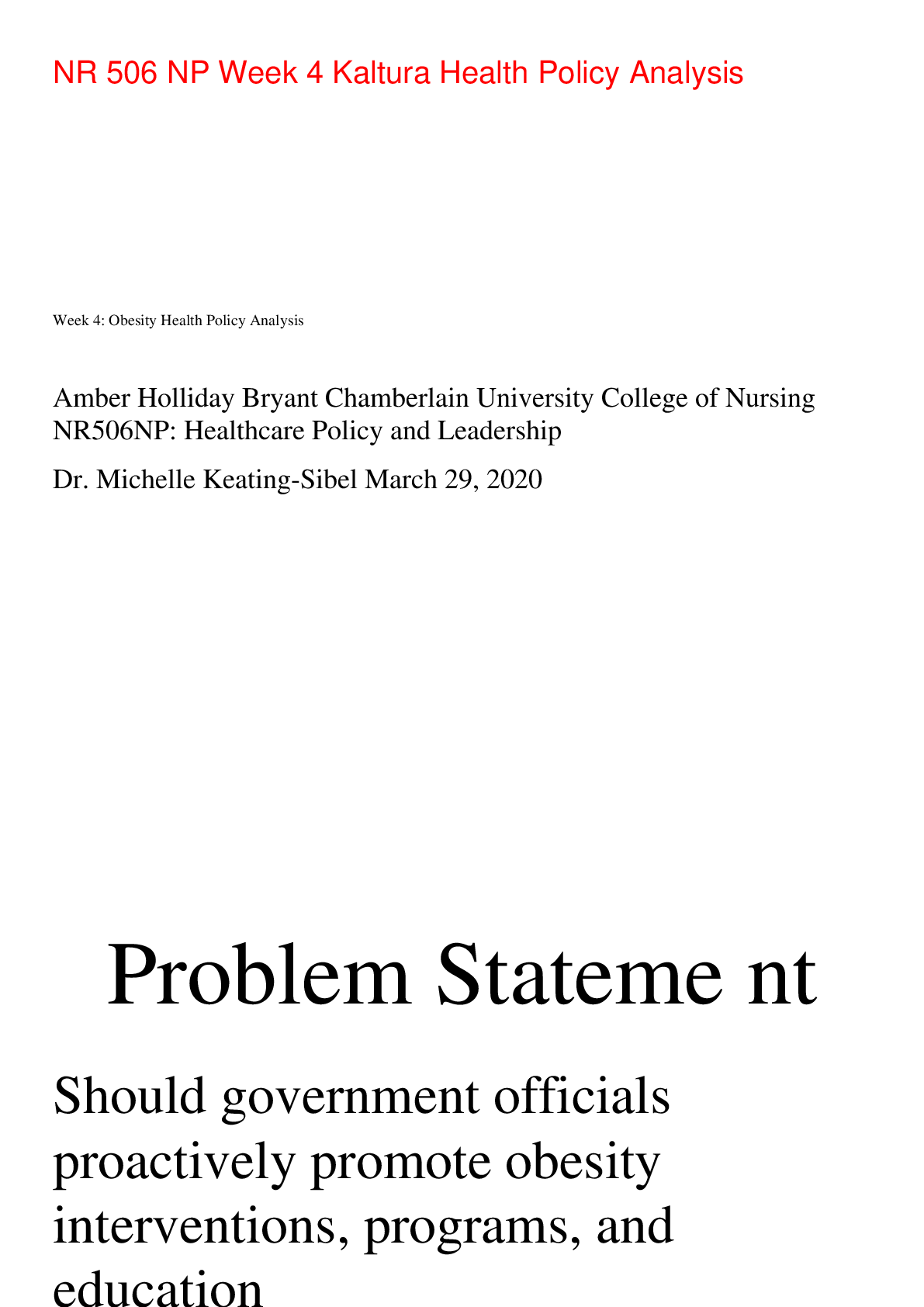
.png)
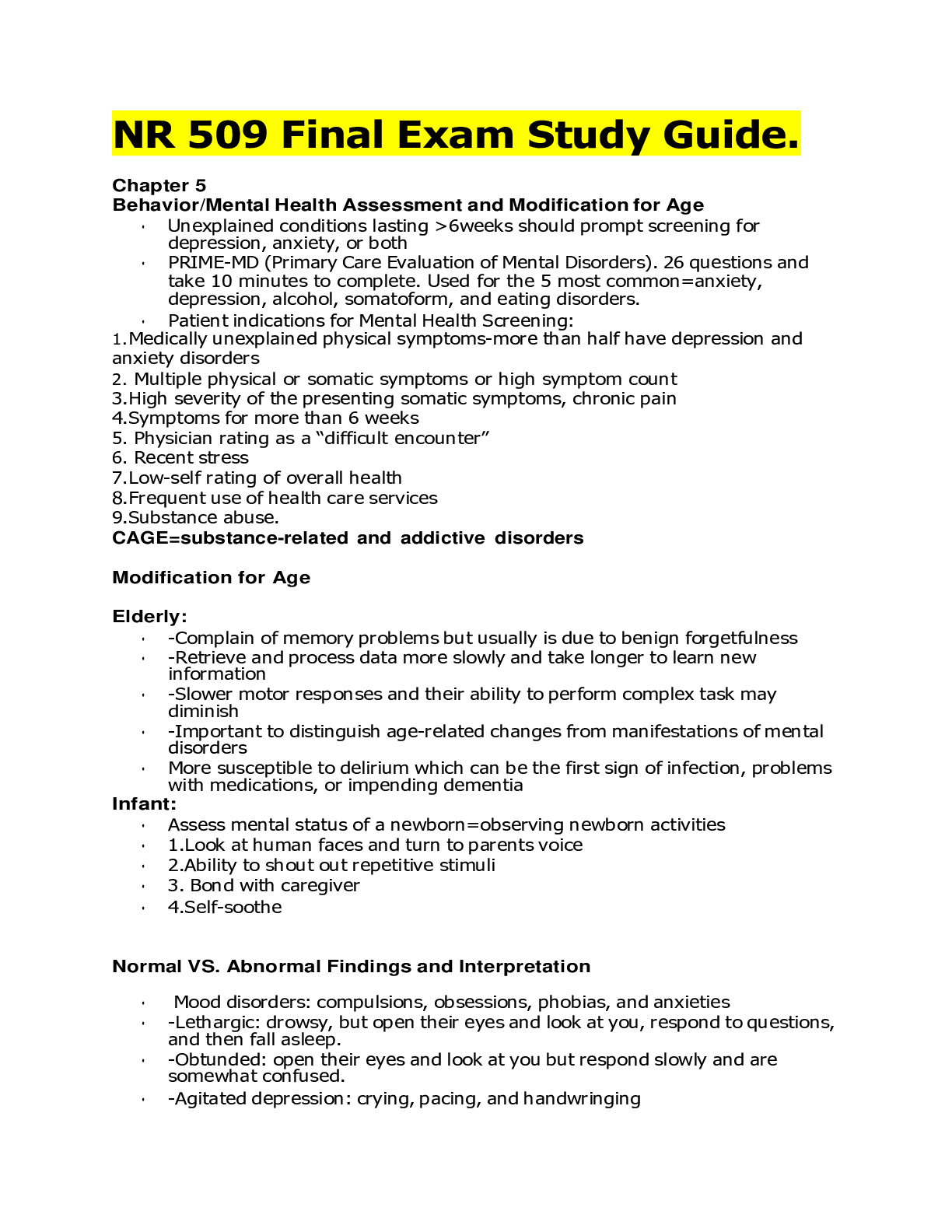
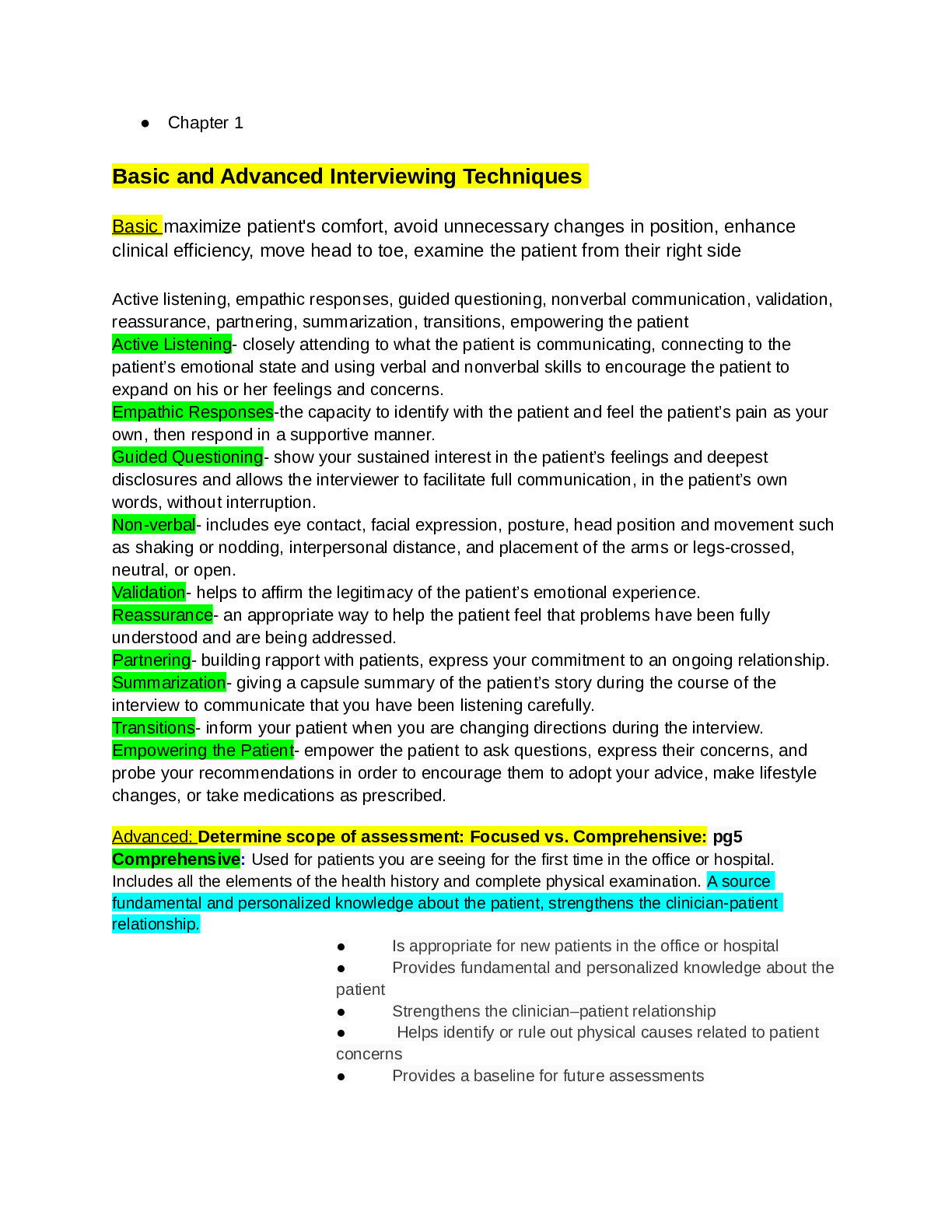



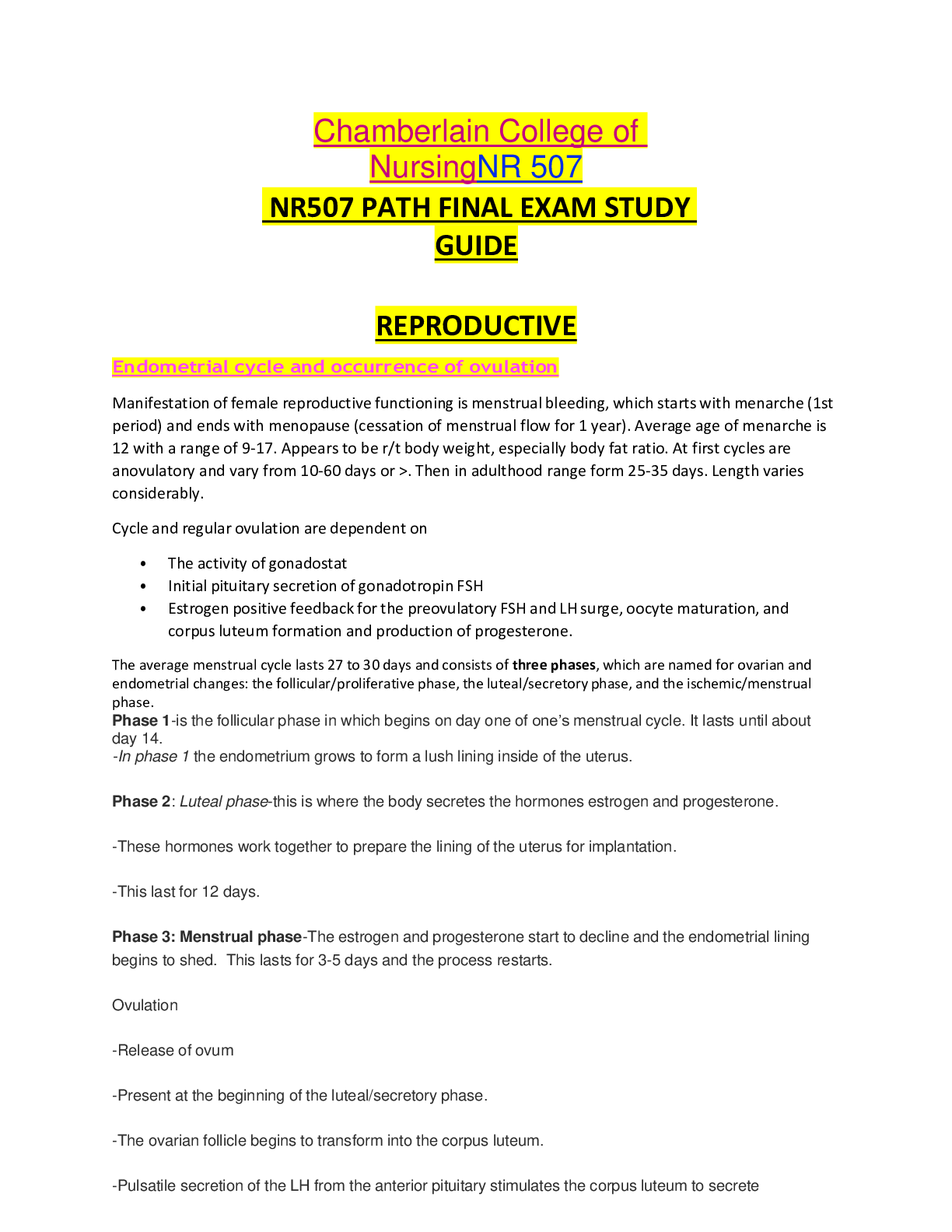
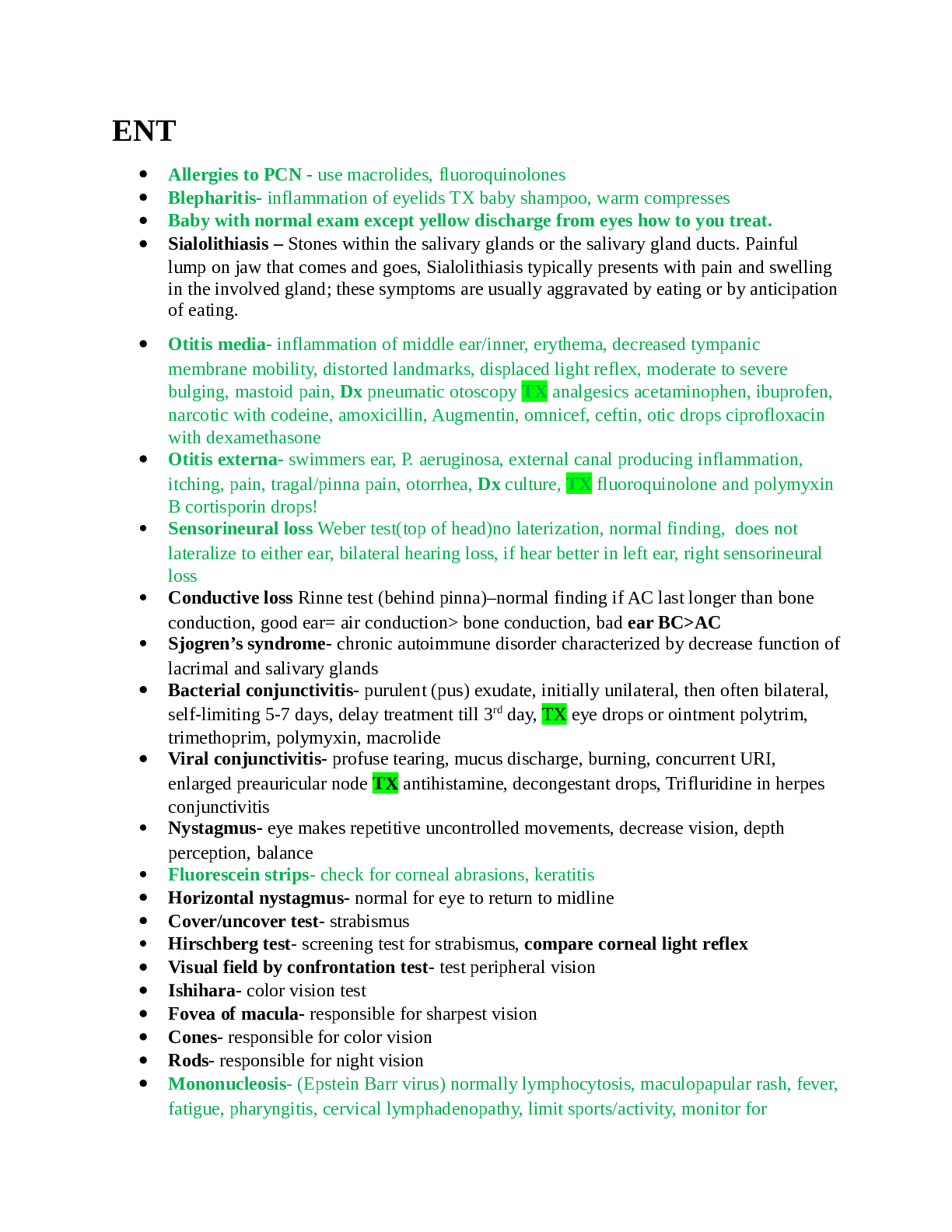


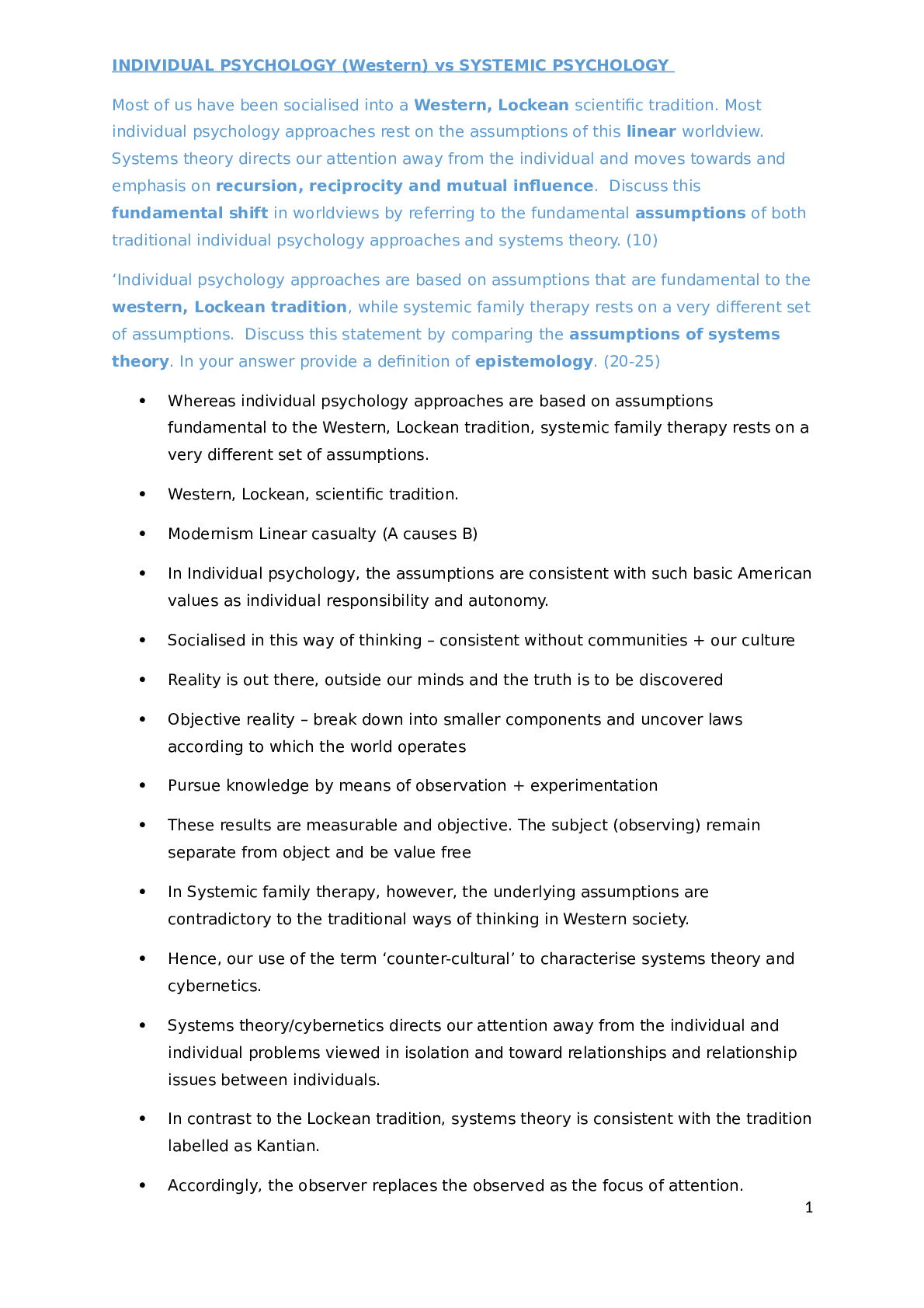

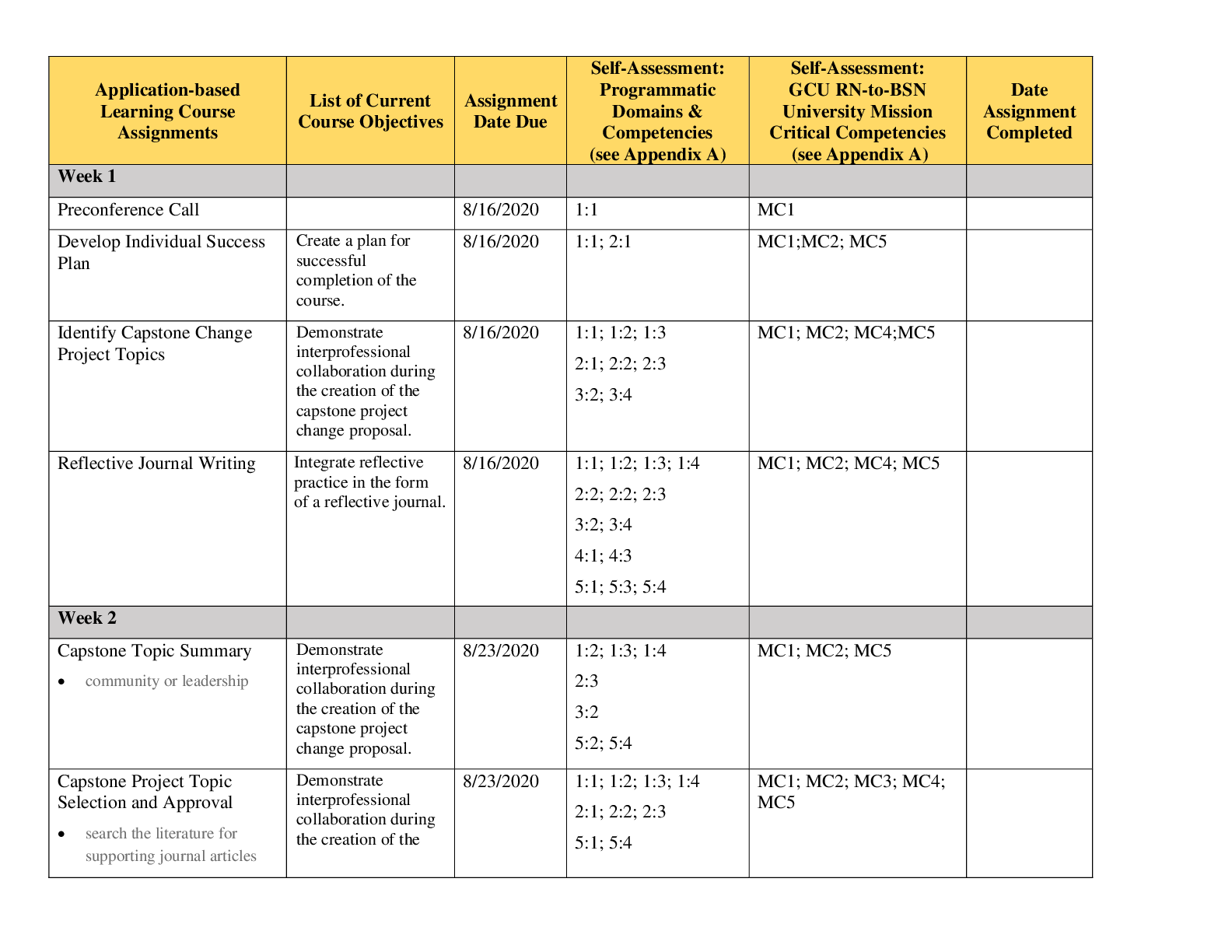







.png)





